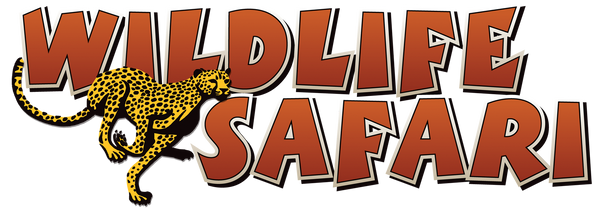Cheetah Breeding at Wildlife Safari
Wildlife Safari began breeding cheetahs (Acinonyx jubatus) in 1972 and successfully produced a litter the following year. Since then, 241 cheetahs have been born at the park, making Wildlife Safari the second most successful breeding center on Earth and the top center in the Western Hemisphere. Through our partnership with the Association of Zoo and Aquarium’s (AZA) Species Survival Plan for cheetahs, cubs born at the park have populated zoos across the United States. The addition of new genetics to the captive cheetah population and the promise of their cubs are significant to the propagation of cheetahs. According to breeding recommendations from the Association of Zoos and Aquariums’ Cheetah Species Survival Plan, the number of cubs born in the U.S. dropped significantly during the 1990s. Having these amazing cats in zoo populations allows us to educate our guests and conduct research that helps the vulnerable cheetah both in captivity and the wild.
Cheetahs are native to Africa, with less than 7,000 individual cats in the wild in Africa and less than 50 in Iran, with the largest concentration in Namibia with approximately 3,000 individuals. Cheetahs are considered vulnerable by the IUCN Red List of Threatened Species due to habitat loss, poaching and hunting by farmers worried about their livestock. Cheetahs are flight animals, and tend to run away when frightened. For this reason, organizations like Cheetah Conservation Botswana, one of Wildlife Safari’s permanent conservation recipients, are training livestock guard dogs to chase the cheetahs away, protecting the farmer’s cattle and saving the lives of the cats.
Cheetahs are the fastest land mammal and can reach speeds of 70 miles per hour for short sprints. They are built for speed with a deep chest for large lungs and a powerful heart. They have a stride length (the distance between a foot touching the ground and that same foot touching the ground again) of 20 feet. A cheetah’s spine is very flexible; flexing and extending helps lengthen its spine as it runs. Their hind legs push separately rather than together like other animals, so all four feet are off the ground at one time, giving the cheetah the appearance of flight. The tail serves as a rudder to help steer and as a brake during high speed pursuit.
